Repnice Wine Cellars of Bizeljsko
more than a year agoThe foundation for these geological anomalies was laid, quite literally, during the Miocene Epoch, during which time the area now referred to as the Pannonian Plain was actually a body of water called the Pannonian Sea. Existing for some nine million years, the sea collected deposits of flint sand that formed the topsoil when the sea eventually retreated.
In certain areas, such as the hills just south of Bizeljsko village around the settlement of Brezovica, the flint sand formed thick layers of flint stone that was subsequently dug into by locals and used as cellars for the storage of produce and other goods from around the turn of the 18th century. As one of the main types of produce stored was turnips - or repa in Slovene - the cellars became known as repnice. It was only in the early 1990s that they began to be used as wine cellars, which were duly expanded using the traditional methods.
Today around a dozen or so of these wine cellars are open for visitors, although only a handful have managed to successfully completed the red tape that is necessary to be officially called repnice. With a constant temperature of between 5-10°C and humidity that reaches up to 96 percent, the cellars are ideal for storing wine. However, it is the beautifully patterned flint stone walls and ceilings of the interconnected subterranean chambers that are the true draw for visitors - with every square centimetre a unique testament to the millions of years of geological activity that produced it.
There are five official repnice, of which Vino Graben is probably the most professionally set up for receiving guests (and has accommodation), while Repnica Najger has the most aesthetically impressive cellar. Tourist Farm Pudovi has accommodation as well. As they are all family-run operations, calling ahead to make reservations is mandatory, and the weekends are the best time to visit.
This article was adapted from material presented in the book THE Slovenia Wine: Top 125 Experiences, which you can read more about here.


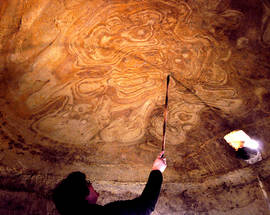
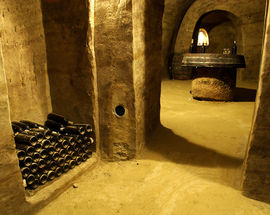

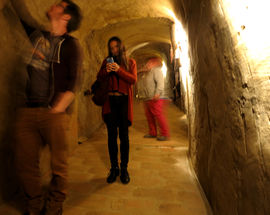
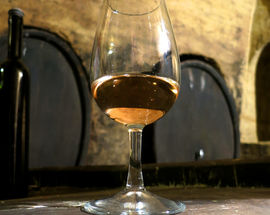
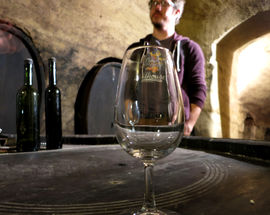
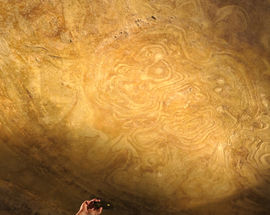



Comments